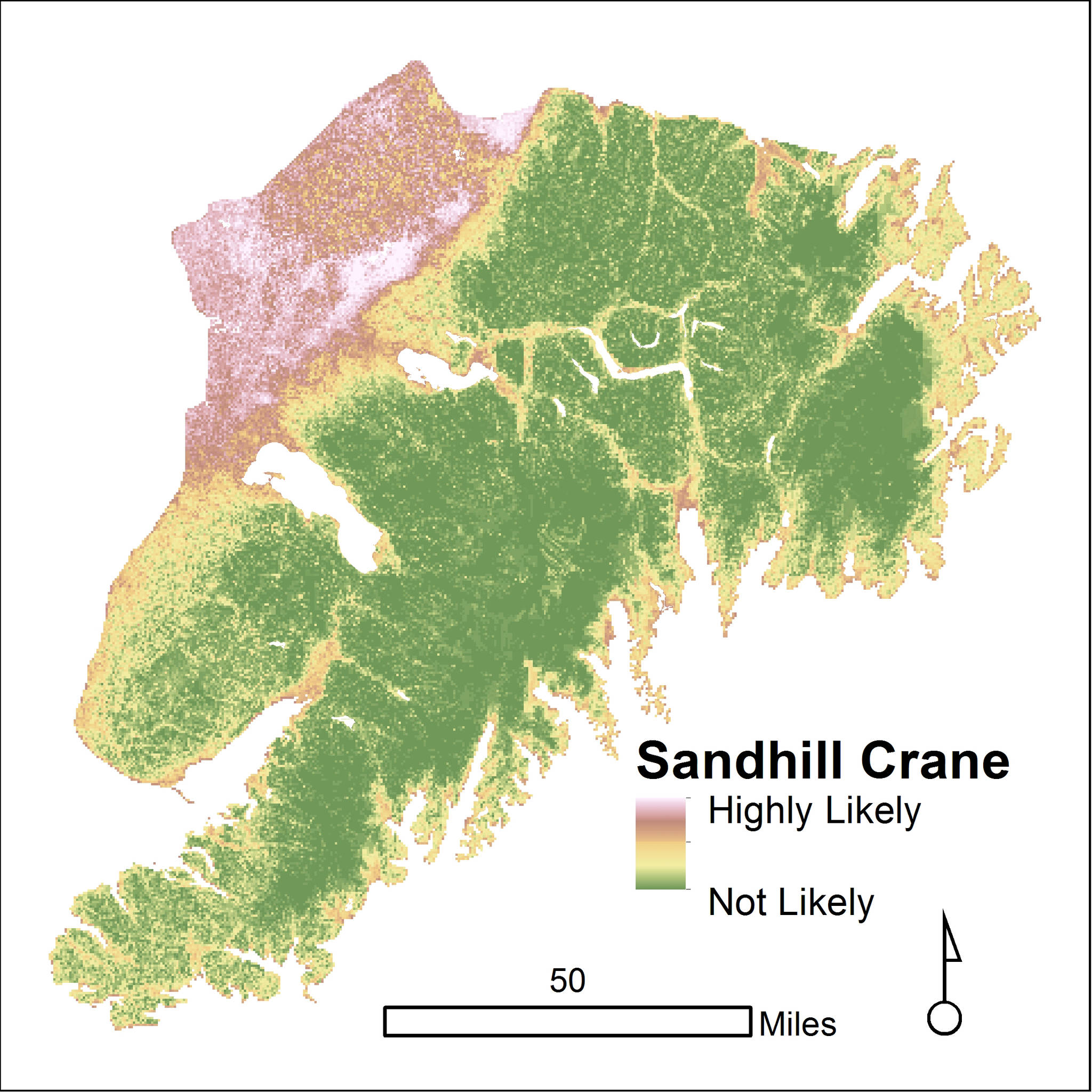By DAWN ROBIN MAGNESS
Over the weekend, I was curious about where Golden-crowned Kinglets spend winters. I pulled out my cellphone and instantly found range maps, beautiful pictures and detailed information about the natural history of this small bird.
I am sometimes wonderstruck by the advances in technology that have occurred just within my lifetime. Prior to the 1980s, ecologists often hand drew maps and used calculators to labor through tedious statistical equations. The average person didn’t have access to much computing power.
We now have amazing computers, immense data storage, and software to harness information. What can I, an ecologist who is interested in natural resource management, do with these innovations? I’ve been pondering this question over the past couple years while co-editing a recently published book titled “Machine Learning for Ecology and Sustainable Natural Resource Management.”
The idea of machine learning came into being after World War II when Alan Turing creatively suggested that computers could learn and communicate new information to us humans. Turing’s work first had to demonstrate that computers could indeed learn from data.
Throughout the 1960s, there was some work on computer perception. For example, the military tried getting computers to identify enemies in radar images. However, machine learning was largely fodder for science fiction until computing power became widely accessible. These days machine learning is being implemented by a wide variety disciplines, including ecology.
I was first introduced to machine learning algorithms while working on my doctorate at the University of Alaska Fairbanks. Algorithm is just a fancy word that means, according to Merriam-Webster, “a step-by-step procedure for solving a problem or accomplishing some end.”
The field of machine learning is dedicated to creating, testing and refining algorithms that computers use to learn and communicate information to humans.
At that time, I had just finished a master’s degree at Texas A&M University where I used data to map where birds were likely to live. The state of Texas was interested in paying ranchers to clear brush on their land, but wanted information to incentivize practices that benefited wildlife species.
I visited ranchers to collect data on where birds occurred, but had a hard time translating my data into maps that could communicate the information that Texas needed.
Fortunately, about the time I started mapping where birds occurred on Kenai National Wildlife Refuge, computing power and software made this task easier to do well. I used a machine learning algorithm to link where I found birds on the Kenai to vegetation and landscape features such as elevation, proximity to water and human development.
Then, I could predict whether a bird would like places that I had not visited to make a map. We can assess how well the algorithm does by comparing how well it predicts a subset of withheld data versus the data from which it learned to predict.
Natural resource managers use information about where animals live to conserve and enhance habitat. Before these technological advances, we only had coarse, hand-drawn range maps to work with.
Machine learning and other computing advances give us the capacity to compile and translate vast datasets into useful products for conservation.
For example, scientists at the Cornell Lab of Ornithology take the observations from eBird (www.ebird.org), a website where volunteer birders add sightings, and use machine learning algorithms to deliver detailed information, such as a week-by-week animation of where Sandhill Cranes are in North America (https://ebird.org/science/status-and-trends/sancra/abundance-map-weekly).
For a map of Sandhill crane nesting habitat made by machine learning, visit this article on www.peninsulaclarion.com.
Knowing if a bird has a restricted winter range, and when and where migration pathways occur, can help us sustain populations for our children to enjoy.
Machine learning algorithms have also been developed that allow computers to “see or hear” animals, which is very useful for monitoring populations. Computers can help researchers go through vast amounts of data collected by camera stations or sound recorders.
Researchers in South Africa have developed a fully automated monitoring program for an African penguin colony. African penguins use “penguin highways” as pathways between the sea and their nests.
As the penguins walk these trails each day, they are photographed and a computer identifies the individual penguin based on their unique belly spots! This information is used to count colony size and estimate survivorship as accurately as older methods that relied on physically attaching a band to their flippers.
In Alaska, researchers are using computers to listen to thousands of hours of recorded sounds to identify birds. Teaching bird sounds to computers has been difficult because birds tend to call over one another in the summer. Computers need to have processes to discriminate the sounds and then identify them.
However, progress is being made on this problem. Recently, a paper was published in the journal Ecology aptly titled “Eavesdropping on the Arctic,” which outlines a machine learning approach that successfully detects birds and is useful for tracking shifts in nesting phenology and ranges.
My hope is that computers will help us learn how to be good stewards of the environment. Each day of innovation could bring new and previously unimaginable approaches to conservation.
Dr. Dawn Magness is the landscape ecologist at Kenai National Wildlife Refuge. Find more Refuge Notebook articles (1999-present) at https://www.fws.gov/Refuge/Kenai/community/Refuge_notebook.html.

